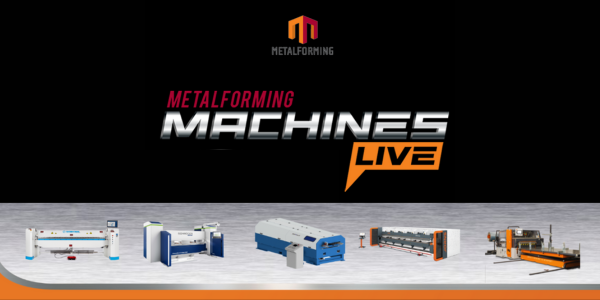S2:E40 Joe Pettit and Mike Mouw - The Power of the Edge

By Colin Sheehan, RCS Reporter.
Longtime EDGE employees discuss the rapid advancement in software technology and why every contractor should use EDGE for better customer and sales relations.
Karen Edwards, the editor at RoofersCoffeeShop® (RCS), recently spoke with Joe Pettit and Mike Mouw of Estimating EDGE software about the technological advancements in the EDGE software since its introduction to the industry.
Joe Pettit has been with EDGE for over 30 years. He started working for the company in 1989, three years after EDGE was created in 1986. His professional title is Technical Support Specialist and he performs a multitude of tasks for the company. “Basically, I train people on how to operate the program. I also train employees, lots of times when we hire a new tech person, or something like that. And I assist with the design, from a construction site at least, of sometimes new programs, like our Fireproofing program that just came out, with the developers” said Joe, “I love my job and I love the guys I work with.”
Mike Mouw started at EDGE a few years later and has been working alongside Joe for 21 years. He describes the work environment at EDGE as friendly, exciting, innovative and ever changing.
“It's a great place to work,” Mike said, “I started under Joe and Joe's been my boss for just about forever, but I'm now the manager of Tech Support and Training. [I’m] just thrilled to try to figure out this maze of technology. It is ever changing, the environment's changing, people are changing...what a cast of things that can happen from day to day, but it keeps us young and keeps the mind sharp.”
From the beginning, the EDGE has been interested in the digital sphere. The EDGE estimating software began as an electronic Sonic Digitizer. The digitizer worked off sonic ultrasound waves which, in the simplest terms, measured the position between two points on a surface. For the greatest estimate accuracy, one would have to maintain continuous contact between the pointing device and the material surface as the line was drawn. One bump in the blueprint or a slip of the wrist could cause the digitizer to mess up the coordinates.
“Then we had transitioned to electronic digitizers, which were kind of like a big electronic drafting table with a little electronic grid underneath it and you could take an electronic pen, and go to up to an inch-thick set of drawings, and work with your blueprints that way, although the drawing capabilities were nothing like what they are today,” said Joe.
When Mike entered EDGE in year 2000, the company’s estimating program for Windows had just came out. During that time Mike had to learn about disk operating system (DOS) programs all without owning a computer himself.
“I was coming out of the construction field at the moment, so I had learned a lot. But [they said] ‘Here's your computer,’ and I said, ‘Well that's nice, what do you do with that? What, you push that button?’ And so, I learned how to use a computer in about five days and then I learned the EDGE in another three to six months with Joe's help, and then began helping others use the program.”
Listen to the full podcast and hear more from the minds behind Estimating EDGE.





















Comments
Leave a Reply
Have an account? Login to leave a comment!
Sign In